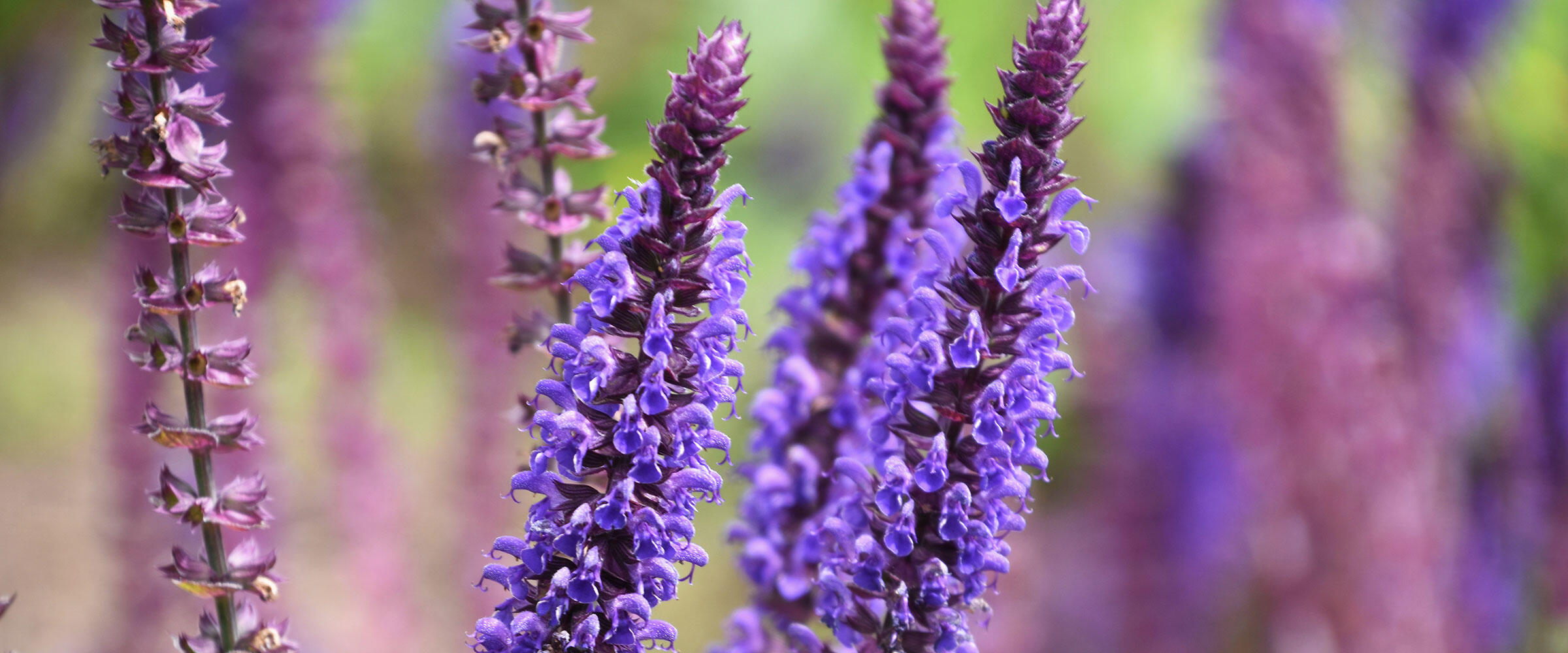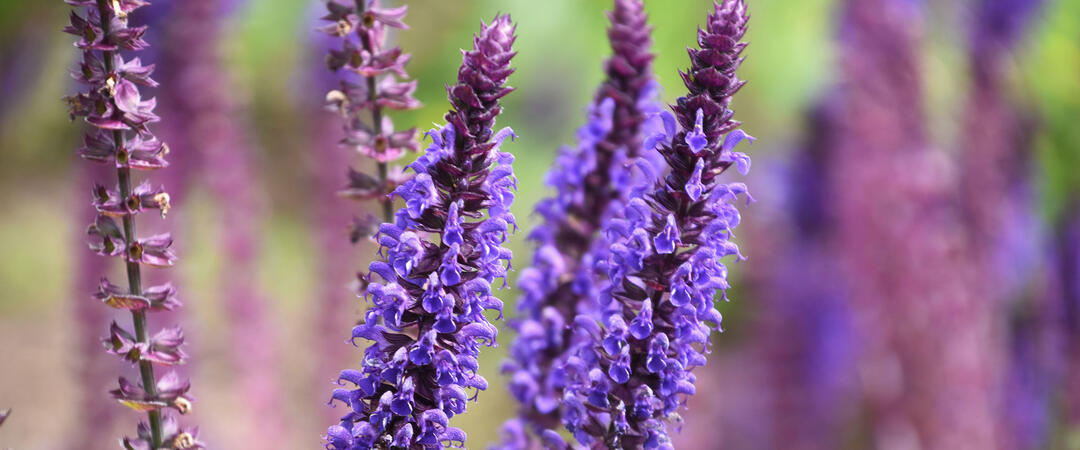Hyssop Brings Energy and Color to Late Summer Gardens
As summer winds down and Labor Day looms, perennial gardens seem to take on renewed energy with a late burst of exuberant energy and color. Late-season bloomers are hitting their full glory; garden beds are abuzz with butterflies, bees, and hovering hummingbirds. Cooler nights are approaching but don’t despair—September promises another full month of color when garden palettes include the many beautiful choices in the hyssop (Agastache) genus.
Agastaches (pronounced either Ag-a-STACH-ee or Ah-GAS-tah-key) are primarily southwestern native plants and are members of the mint family. They tend to be larger plants, blooming late in summer in a range of colors including blue, purple, pink, and orange, and leaves are often aromatic. Both native species and the many new hybrids offer up beautiful flowers, but even more importantly, they provide valuable nectar sources to a range of hummingbirds and butterflies.
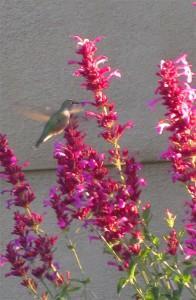

Best Varieties for Western Gardens
Here are some of the best hyssop choices for gardeners in western states:
Sonoran Sunset® hyssop (Agastache cana ‘Sinning’): This is a selected form of the species native to Texas/New Mexico. Chosen for its compact habit and hot magenta flowers, it grows 18-24” tall and 15-18” wide and is hardy in USDA zones 5-10. This species is known as “double bubblemint.”
Sunset hyssop (Agastache rupestris): Native to southern Arizona and southwestern New Mexico, the tubular flowers are a unique blend of sunset orange and mauve, and the narrow, silvery-blue leaves give off a very strong aroma of root beer. Plants grow 24-30” tall and 18-24” wide, and are hardy in USDA zones 4b-8.
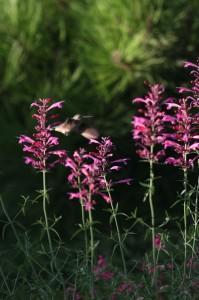
Coronado® and Coronado® Red hyssop (Agastache aurantiaca): Covered with billows of small blossoms in late summer (Coronado® has orange flowers; Coronado® Red has scarlet-red flowers), use these plants as fillers between bold-foliaged plants or for masses of soft color along borders. These are both hardy in USDA zones 5-10
Blue Blazes hyssop (Agastache ‘Blue Blazes’): This is one of the larger hyssops and is a hybrid between ‘Desert Solstice’ and the blue-flowering eastern species A. foeniculatum. In dry conditions, it will stay 2-3’ tall, but in moister sites, it may reach 4’ or so. Flowers are bold spikes of nearly true blue with orange-yellow stamens that shine in the sun. Hardy in USDA zones 4b-10.
Ava (Agastache ‘Ava’): This is another tall hyssop but with brilliant rose and raspberry-red flowers. The colors seem to get more brilliant and the flowers continue to elongate as the season progresses. Grows to 4’ tall and 2’ wide in ideal conditions, and is hardy in USDA zones 5-10.
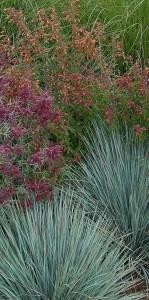
More About Hyssops
All the varieties listed above (and many more) are xeric once established, meaning they need little to no additional irrigation once they're established in the garden. They all also prefer well-drained soils. Hyssops attract a wide range of pollinators and bloom from August to hard frost.
Hyssops' fragrant foliage tends to make them extremely resistant to deer browsing, as well. They are all easy to care for, but the most important thing to remember is to leave the stems standing through winter and only cut back in late spring when strong new growth is emerging. “Woody” perennials like Agastaches need the extra energy stored in the stems to help them through cold winters and to safely break dormancy in spring.
Find Agastaches at your local nursery or through our partner, High Country Gardens.


